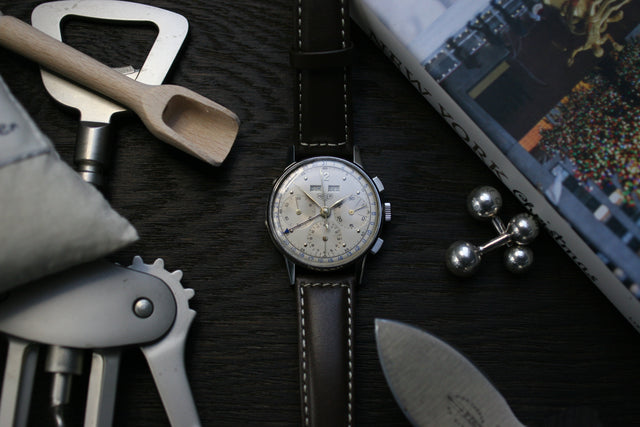Tudor is today the only remaining secondary brand of Rolex and its 100% subsidiary, as well as an independent manufacturer of wristwatches. This speaks for the classic aesthetics, robustness, and technology of the brand.
The brand was registered in 1926 by the watch factory "Veuve de Philippe Hüther" and has belonged entirely to the Rolex family since 1936. Since then, all Tudor collections have been produced under Rolex's quality supervision. The strategy is obvious: to offer Rolex quality at a lower price. The idea was formulated by Hans Wilsdorf, founder of Rolex and buyer of Tudor, as follows:
“For some years now, I have been considering the idea of making a watch that our agents could sell at a more modest price than our Rolex watches, and yet one that would attain the standard of dependability for which Rolex is famous. I decided to form a separate company, with the object of making and marketing this new watch. It is called the Tudor watch company.”
Therefore, Tudor watches from the time of this model look very similar to Rolex models, as Rolex design and technology are used.
The current logo with lettering and crest was only introduced in 1969. Until then, from 1936, the Tudor rose was the company logo, depicted on the dial. These rose and the brand name were inspired by the symbol for England, where the Tudor rose is still seen today in the coat of arms of the United Kingdom and in the coat of arms of Canada. The idea was to emphasize the special robustness and elegance of the brand.
In the section "Famous fans of the brand": In 1952, Tudor equipped the team of the British North Greenland Expedition as a promotional measure with 26 watches of the "Oyster Prince" model. A model that at the time stood for 100 meters water resistance with the automatic movement. In the second half of the 20th century, the Marine Nationale Francaise and the United States Navy Seals used Tudor watches for their divers, but also with miners and construction workers, the special durability in continuous use was promoted.















